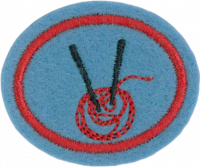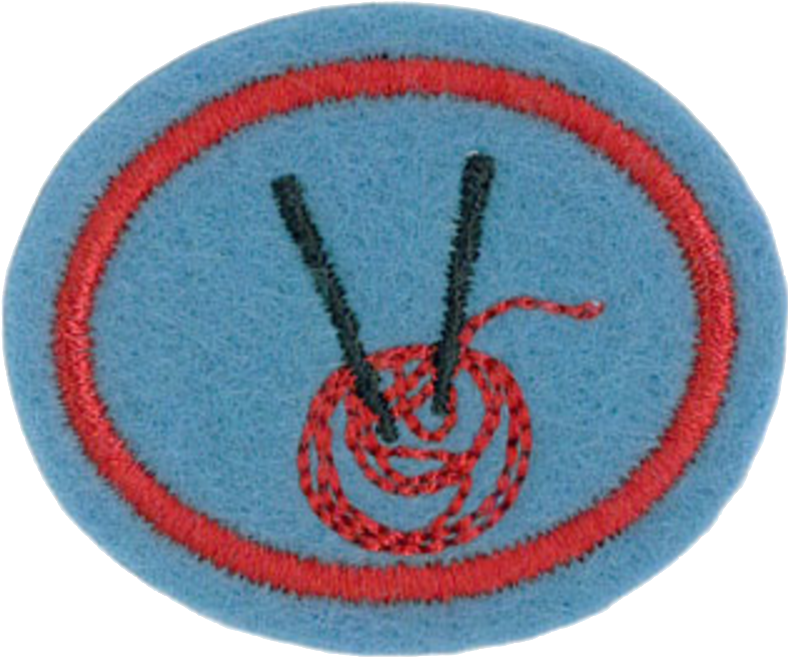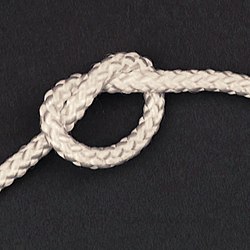Difference between revisions of "AY Honors/Knitting/Answer Key/es"
From Pathfinder Wiki
(Created page with "<noinclude>") |
|||
| (4 intermediate revisions by 2 users not shown) | |||
| Line 119: | Line 119: | ||
{{clear}} | {{clear}} | ||
| − | + | {{clear}} | |
| − | |||
| − | |||
{{clear}} | {{clear}} | ||
| Line 147: | Line 145: | ||
{{ansreq|page={{#titleparts:{{PAGENAME}}|2|1}}|num=2g}} <!--T:44--> | {{ansreq|page={{#titleparts:{{PAGENAME}}|2|1}}|num=2g}} <!--T:44--> | ||
<noinclude></noinclude> | <noinclude></noinclude> | ||
| + | |||
| + | {{clear}} | ||
| + | |||
| + | {{clear}} | ||
| + | |||
| + | {{clear}} | ||
| + | |||
| + | {{clear}} | ||
| + | |||
| + | {{clear}} | ||
| + | |||
| + | {{clear}} | ||
<noinclude></noinclude> | <noinclude></noinclude> | ||
| Line 186: | Line 196: | ||
<noinclude></noinclude> | <noinclude></noinclude> | ||
<!-- 4. Mostrar cómo unir una nueva bola de estambre. --> | <!-- 4. Mostrar cómo unir una nueva bola de estambre. --> | ||
| − | {{: | + | {{:AY Honors/Knot/Overhand/es}} |
<noinclude></noinclude> | <noinclude></noinclude> | ||
| Line 222: | Line 232: | ||
{{CloseReq}} <!-- 5 --> | {{CloseReq}} <!-- 5 --> | ||
{{ansreq|page={{#titleparts:{{PAGENAME}}|2|1}}|num=6}} | {{ansreq|page={{#titleparts:{{PAGENAME}}|2|1}}|num=6}} | ||
| − | <noinclude> | + | <noinclude></noinclude> |
| − | </noinclude> | + | <!-- 6. Knit two items from the following: --> |
| − | <!-- 6. Knit two items from the following: | ||
| − | |||
| − | |||
| − | |||
| − | |||
| − | |||
| − | |||
| − | |||
| − | + | {{clear}} | |
| − | |||
| − | |||
| − | |||
| − | |||
| − | |||
| − | |||
| − | |||
| − | |||
| − | + | <noinclude></noinclude> | |
| − | <noinclude | ||
| − | |||
{{CloseReq}} <!-- 6 --> | {{CloseReq}} <!-- 6 --> | ||
| − | <noinclude> | + | <noinclude></noinclude> |
| − | </noinclude> | + | ==Referencias== |
| − | == | + | <noinclude></noinclude> |
| − | |||
| − | |||
| − | |||
| − | <noinclude | ||
| − | |||
{{CloseHonorPage}} | {{CloseHonorPage}} | ||
Latest revision as of 23:34, 14 July 2022
1
Definir los siguientes términos:
1a
T-Tejer
1b
P-Punto
1c
PPS-Pasar puntos
1d
RND-Redondo o en círculo
1e
JUN-Juntos
1f
PPE-Pasar punto encima
1g
INC-Incrementar
1h
DIS-Disminuir
1i
HA-Hilo arriba
2
Demostrar los siguientes puntos:
2a
Montar calzar puntos
2b
Cerrar
2c
Puntadas de torzados o de cadeneta
2d
Nervaduras
2e
Puntada de liga
2f
Puntada stockinette
2g
Recoger una puntada caída
3
Conocer cómo cuidar de esta clase de estambre:
3a
Lana
3b
Pelo
3c
Sintéticas
4
Mostrar cómo unir una nueva bola de estambre.
| Nudo simple |
|---|
|
Uso: Uno de los nudos más fundamentales y constituye la base de muchos otros. El nudo simple es muy seguro y se puede atascar, así que úselo solo si desea un nudo permanente. A menudo se usa para evitar que el extremo de una cuerda o soga se desenrede.
|
5
Identificar y conocer el propósito de los siguientes pesos de un hilo:
5a
Media
5b
Deportes
5c
Pesado
Tamaño de aguja: EE.UU. (5.5mm - 8mm)
Tamaño de gancho: EE.UU. (6.5mm - 9mm)
5d
Voluminosos
6
Tejer dos artículos de los siguientes:
- a. Zapatillas
- b. Guantes sin dedos (mitones)
- c. Escarpines de bebé
- d. Sombrero
- e. Bufanda
- f. Suéter sin mangas
- g. Opción razonable




